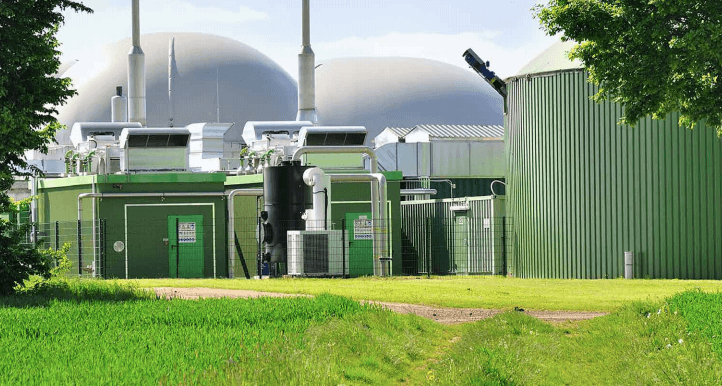Summary
The project will investigate the feasibility of dispatchable, cost-effective power from forest and mill wastes using adapted diesel engines (direct injection carbon engine – bioDICE).
Key results
- The Feasibility Study has not identified any previously unknown technical or economic factors that could diminish the case for bioDICE – all results are positive.
- A simplified Life Cycle Analysis (LCA) shows that each tonne of forest waste could generate 0.94 MWh of sent out electricity. In Victoria, this could displace 0.94 MWh of brown coal-based grid electricity, which would save 1,150-1,200 kg of CO2 of coal-fired power station emissions. After taking into account initial sequestration of CO2 for forest growth, an allowance for harvesting and transport, and emissions from leaving the waste in situ an overall benefit/reduction in CO2 of 1,150-1,230 kg CO2/tonne of forest waste utilised is achieved over the business-as-usual case. This is the best case for the 3.4 MW bioDICE plant analysed.
Learn more
Need
This project aims to increase the use of biomass for electricity production by providing dispatchable power at higher efficiency, lower capital cost, and using smaller-scale technology than either steam- or gasification-based technologies.
Action
The project will conduct research and development across the bioDICE fuel cycle; from processing of harvested forest biomass, low temperature charring, slurry fuel production and its use in adapted diesel engines.
Laboratory tests will determine the best conditions for carbonising pine and nitens waste to optimise fuel properties, and test combustion with this fuel (including a 500h equivalent injector duration test using ultra hard polycrystalline diamond).
Life Cycle Analysis and techno-economic modelling will quantify the economic and environmental benefits and costs to develop a concept plant.
Outcome
The main outcome of the project is new technical data to justify a larger demonstration of the bioDICE pathway for using timber residues for efficient, cost-effective, dispatchable renewable power generation.
Additional impact
The project outcomes include a range of opportunities for regional development, including synergies with distributed renewable ammonia production, agricultural diversification, and use of marginal land.




